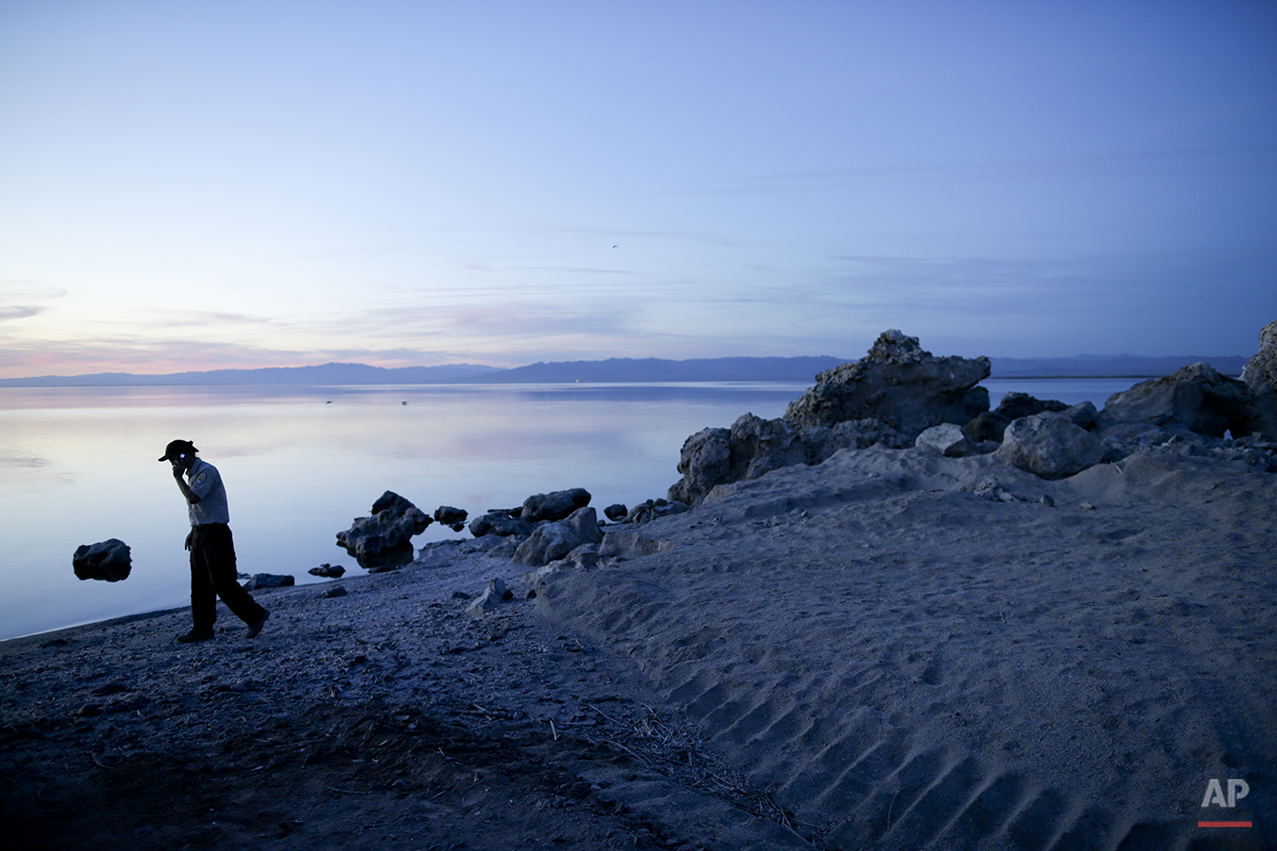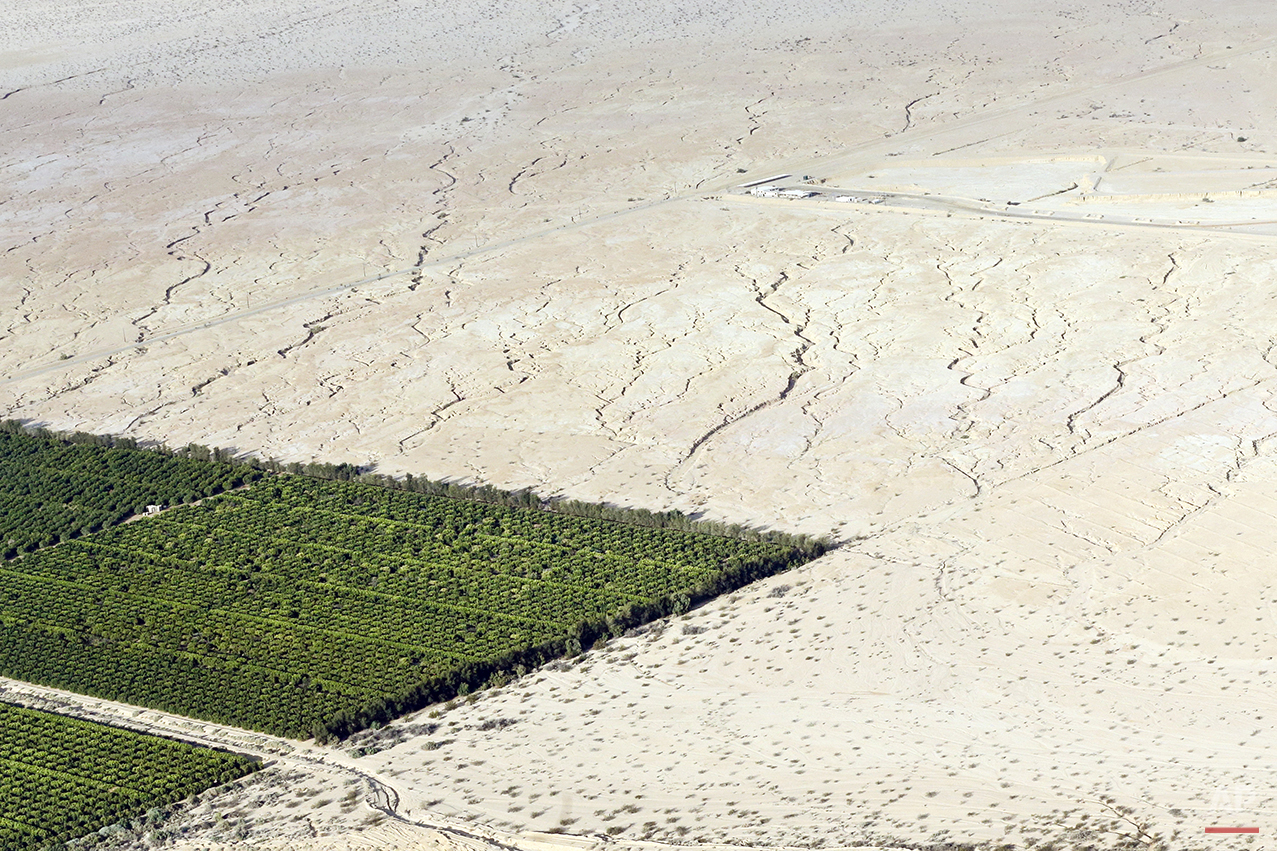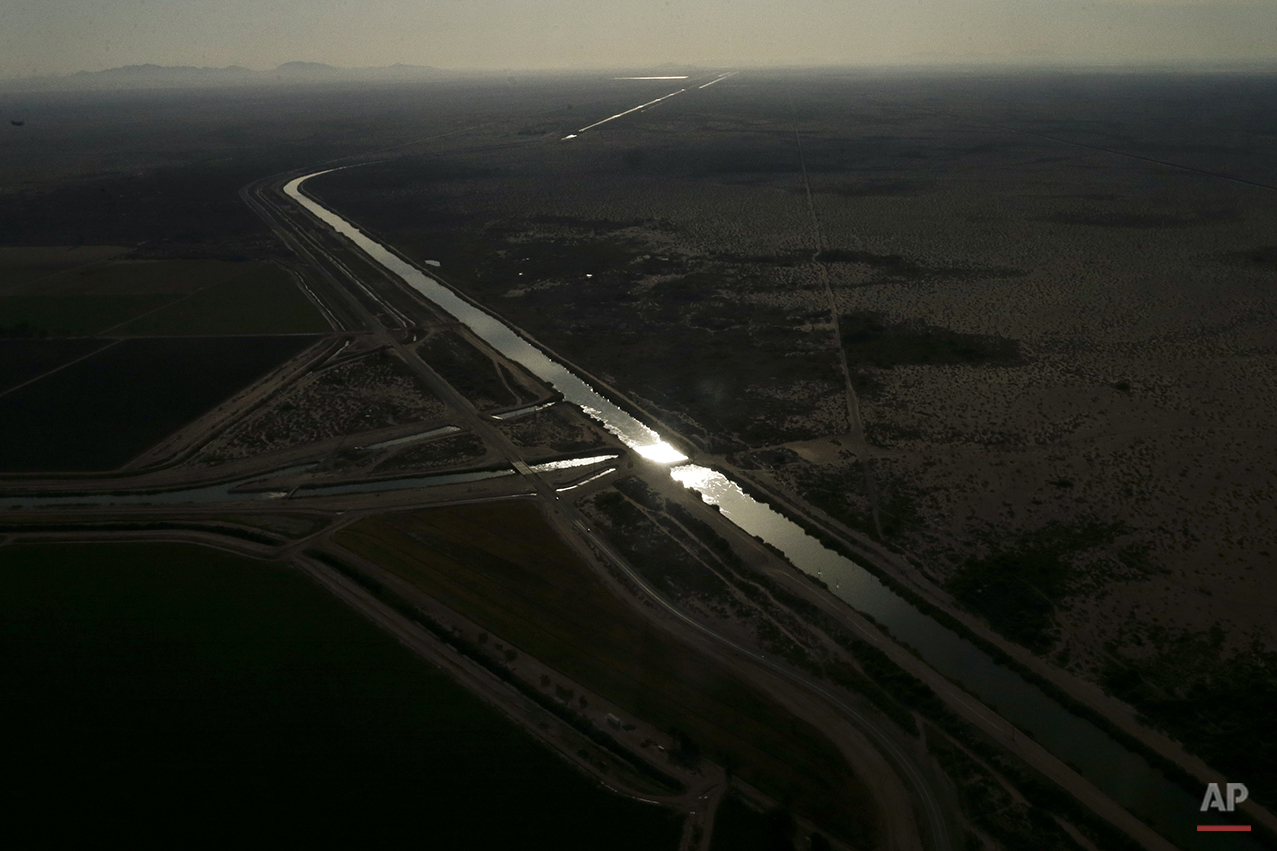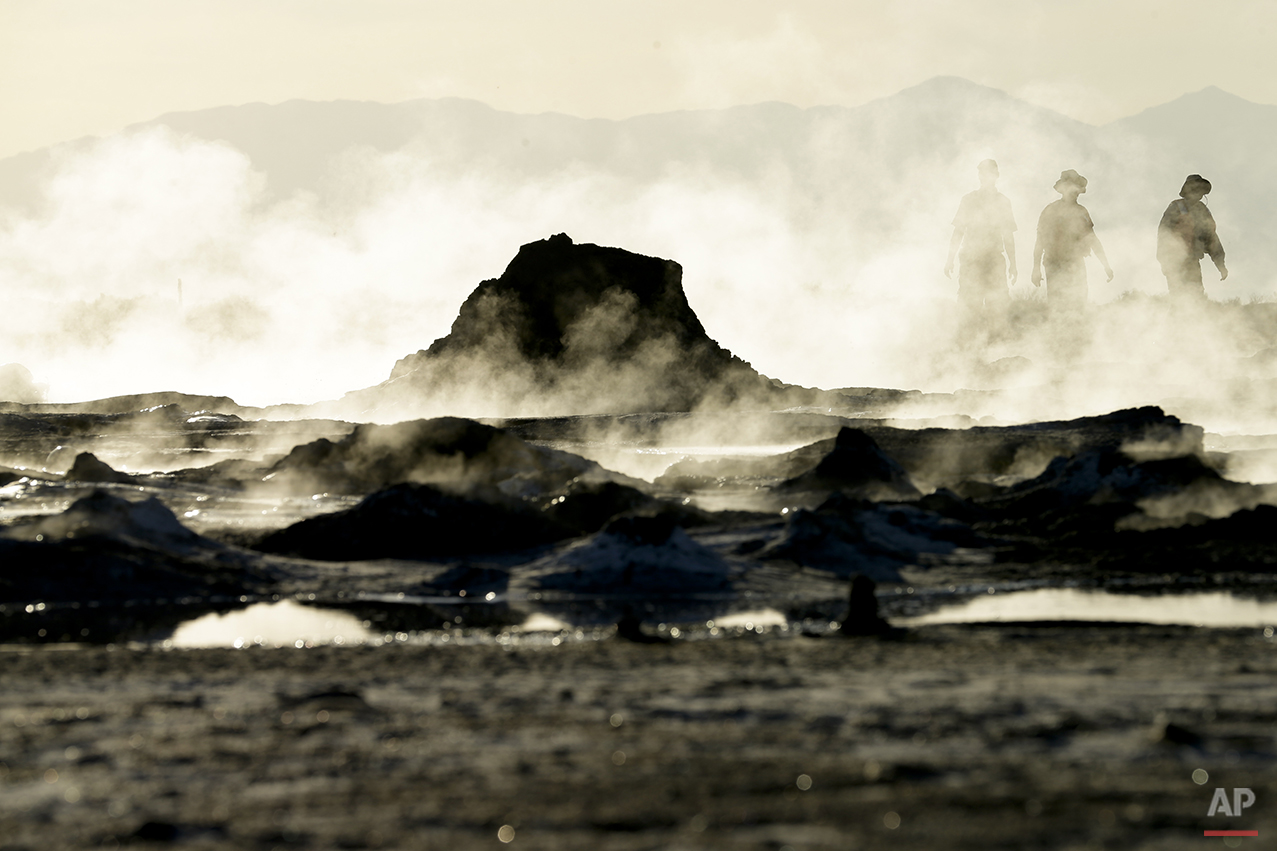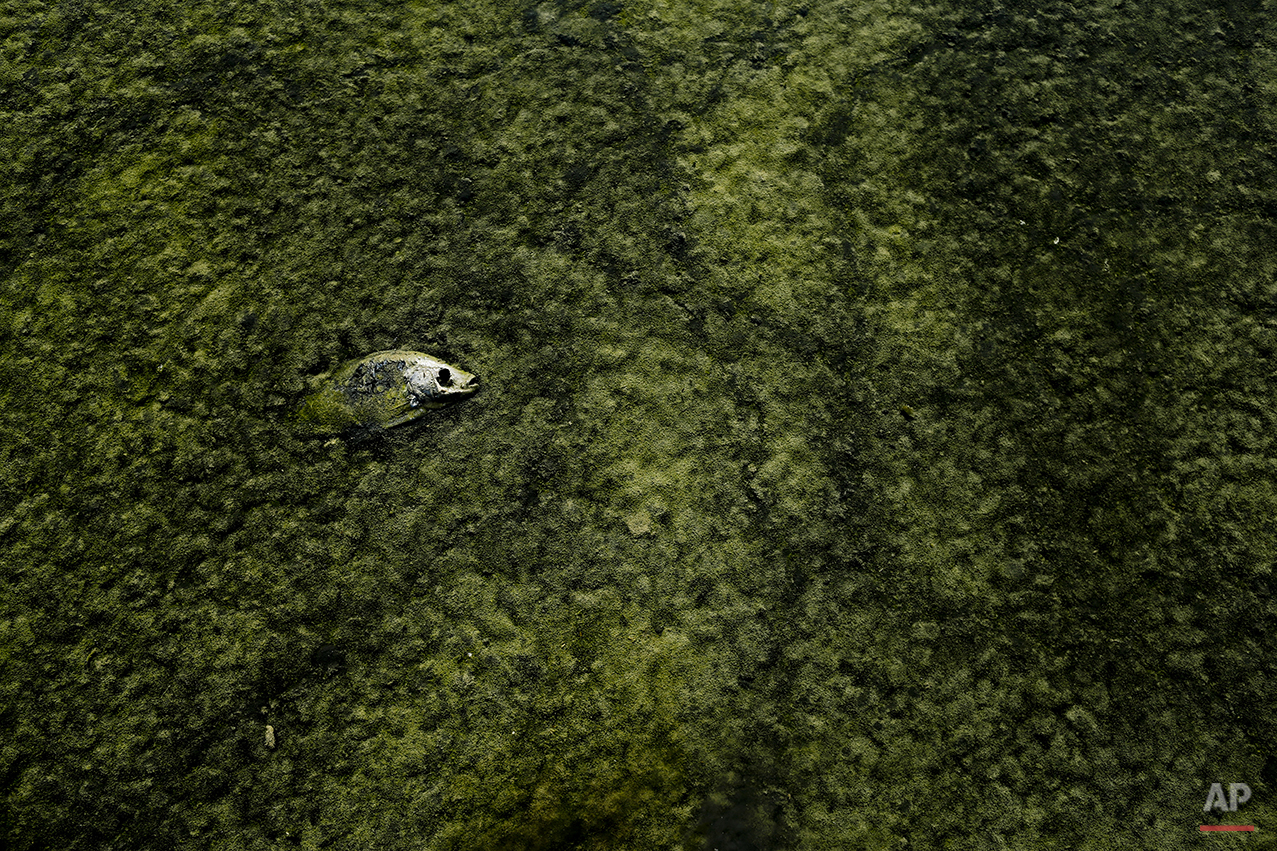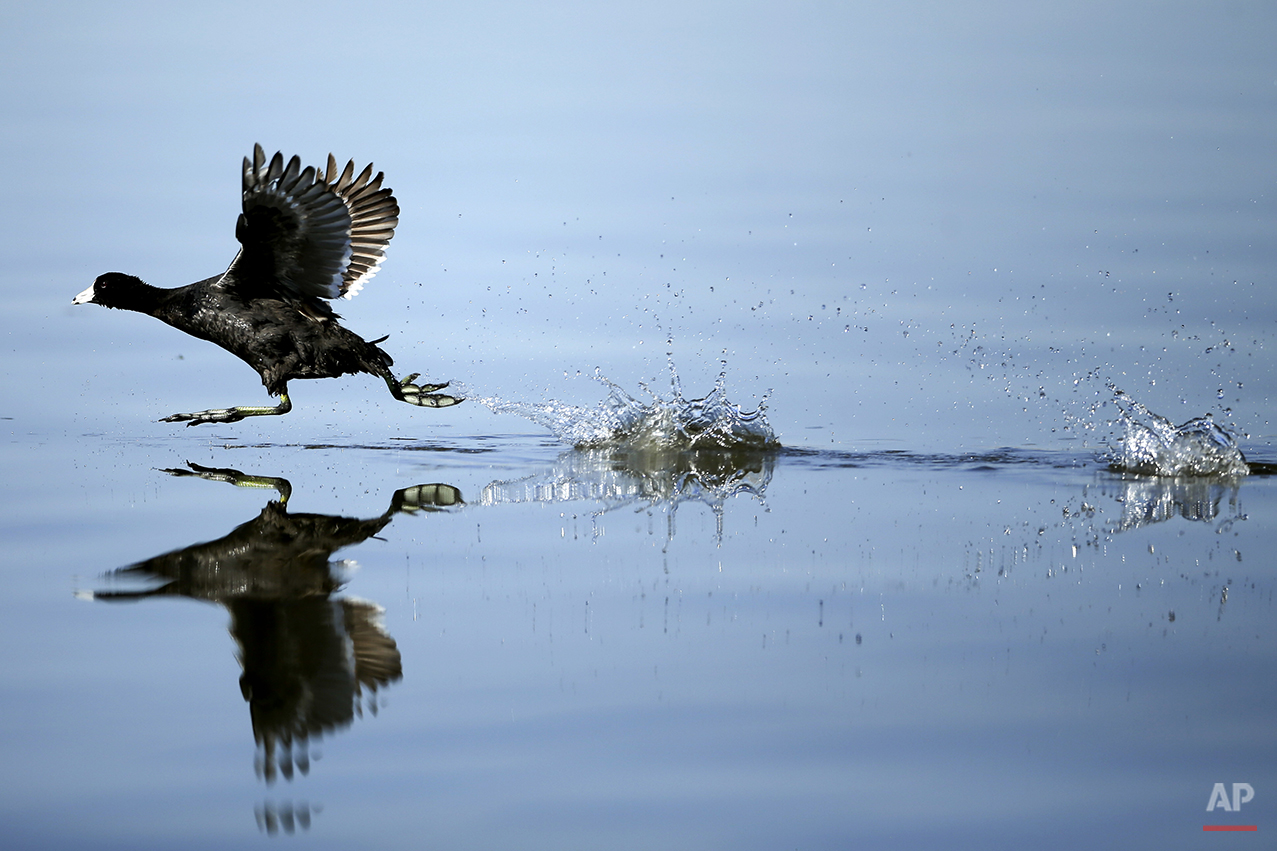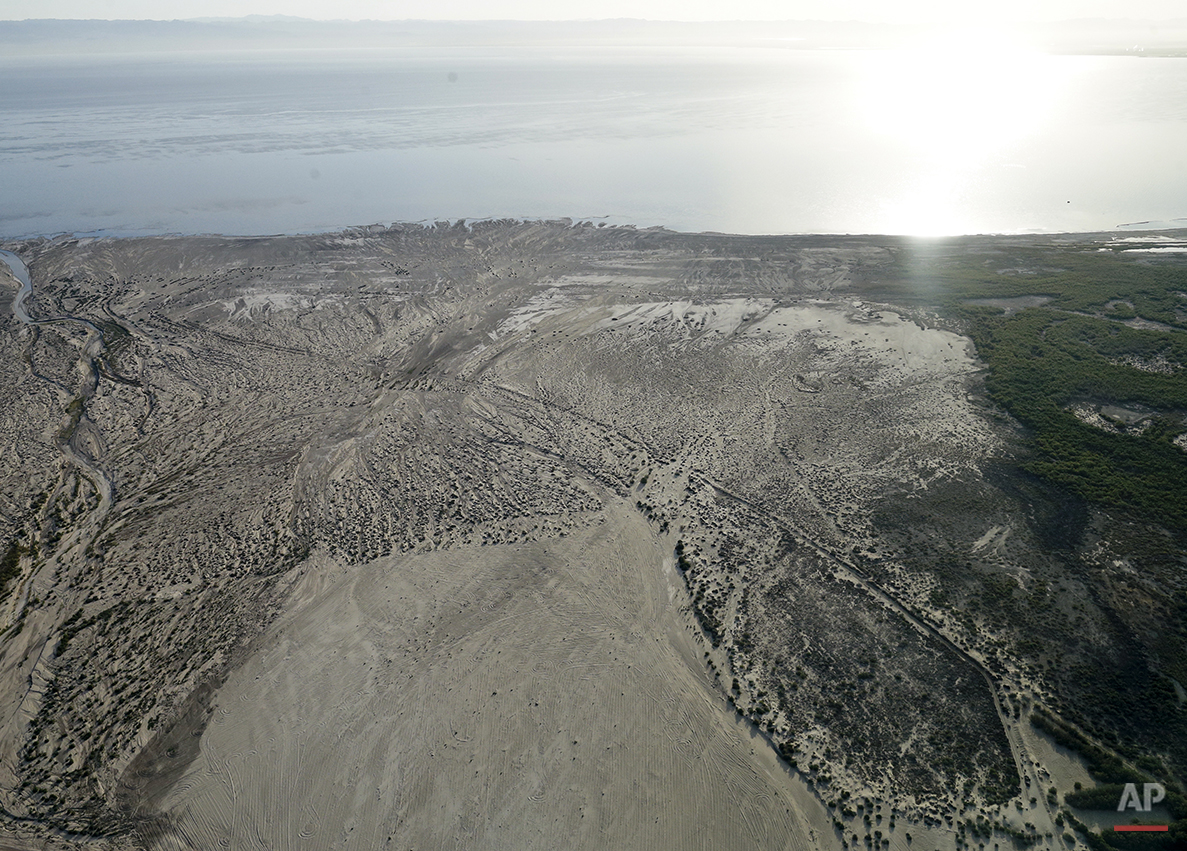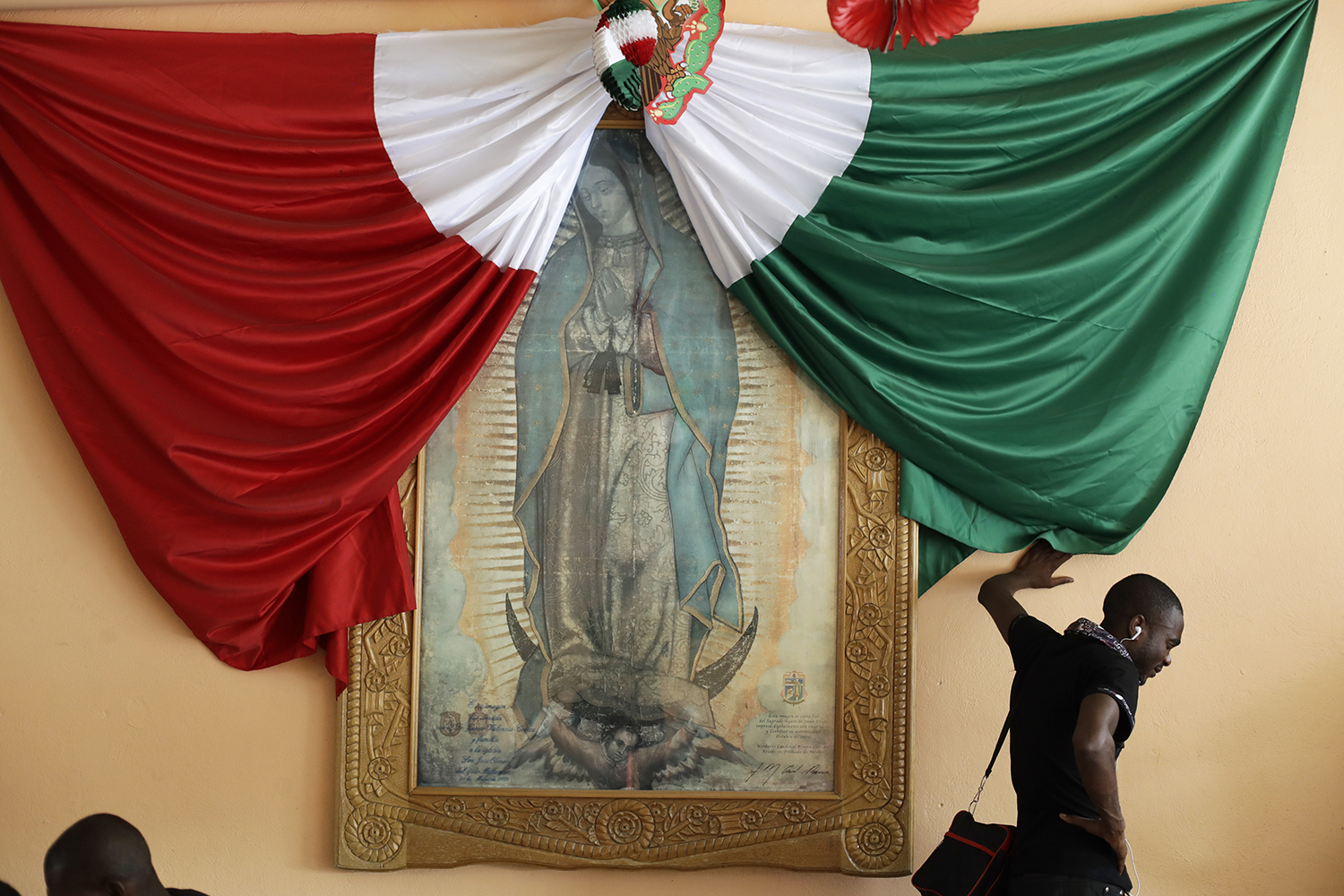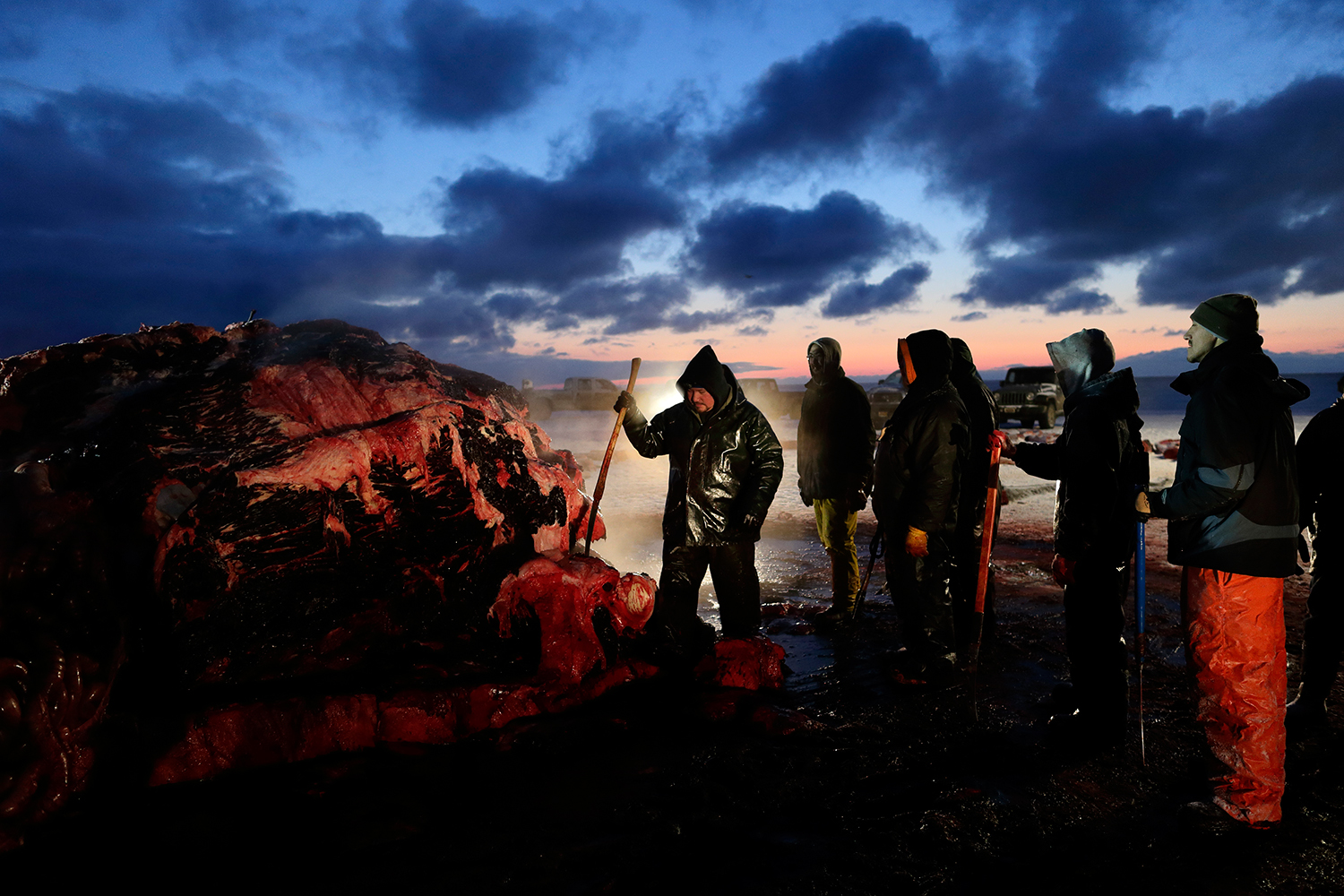California's Salton Sea
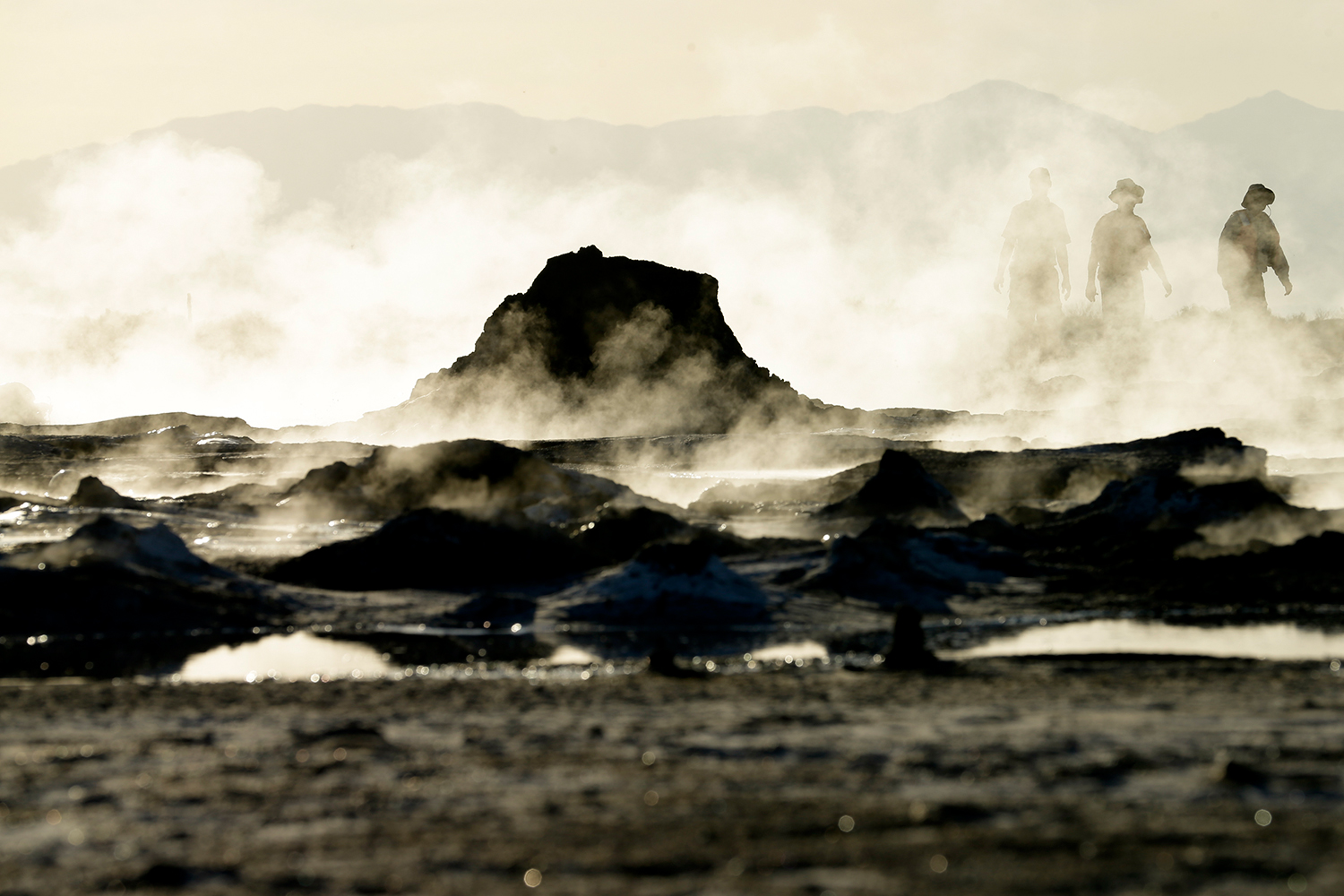
For centuries, the Colorado River periodically emptied into a body of water known as Lake Cahuilla on the northern reaches of the Gulf of California. The Salton Sea was created there in 1905 when the river breached a dike and flooded for two years, bringing farm settlers to the Imperial Valley in California's southeast corner.
California's largest lake by surface area soon became a desert playground.
More than 2,000 spectators witnessed five world speedboat records set in 1929, according to the University of Redlands' Salton Sea Atlas. High salinity made boats more buoyant and, at more than 200 feet below sea level, barometric pressure improved performance. A 1951 regatta boasted 21 world records.
In the 1950s, the California Department of Fish and Game stocked the lake with sargo, corvina, croaker and other fish in a successful effort to draw anglers. Water skiing flourished.
The North Shore Beach and Yacht Club opened as the largest marina in Southern California. Celebrities including Frank Sinatra, Bing Crosby, the Beach Boys, Jerry Lewis, the Marx Brothers and Desi Arnaz flocked to the lake.
The "Salton Riviera" rivaled nearby Palm Springs and attracted more tourists than Yosemite National Park.
Developer Penn Phillips led a speculative boom in the late 1950s, buying and selling thousands of acres on the lake's western shores. He abandoned Salton City without explanation in 1960, leaving behind only a few houses, sewers, a serpentine layout of empty roads and street signs with names like Sea View Avenue and Sea Mist Place.
Tropical storms in 1976 and 1977 destroyed marinas and resorts, triggering a prolonged economic decline. Environmental catastrophes, rising salinity and a receding shoreline caused tourism to plummet.
The economy rode the last housing boom and bust. New houses with red tile roofs that sold for up to $270,000 in Salton City when they were built in the mid-2000s fetched as little as $50,000 after the bubble burst and now cost in the low $100,000s.
Bombay Beach, a community that doubles to about 500 people during winter, has an apocalyptic feel. Utility poles and trailer debris that were flooded a few years ago are now exposed because the lake shrank.
The main tourist draw today is the Sonny Bono Salton Sea National Wildlife Refuge on the lake's southeastern shores, which has about 25,000 visitors a year. Nearly all are bird watchers.
An air of decline and strange beauty permeates the Salton Sea, the largest lake in California that is on the verge of drying up as it competes against coastal cities for dwindling water resources amid a historic drought.
The sale of water from California’s Imperial Valley to San Diego deprives the Salton Sea of farm runoff, its main source of inflows. After 2017, San Diego and other local water agencies are no longer required to deliver water to the Salton Sea to help offset the losses.
The state of California has agreed to spearhead efforts to restore the lake and offset environmental damages from the water sale. In 2007, it proposed a $9 billion plan to create a horseshoe-shaped lake in the northern basin and saline habitat in other parts of the lake. Less ambitious plans have also been floated, but little has been done.
The lake’s shrinkage has exposed about 18 square miles of salt-encrusted lakebed since 2005. Pacific Institute, which has done extensive research on the lake, estimates that about 100 additional square miles will be exposed by 2030 without preventive measures and another 50 square miles by 2045.
Imperial County’s air quality already fails federal and state standards, and public health experts warn that increased dust from Salton Sea lakebed will make it worse.
Winds periodically stir hydrogen sulfide from the bottom of the lake, stripping oxygen from water closer to the surface, producing a rotten-egg stench and killing fish.
More than 60 species of fish have been brought to the Salton Sea over the years, said Chris Schoneman, project leader of the Sonny Bono Salton Sea National Refuge. The hearty tilapia are the only ones left in abundance, and increasingly salinity endangers them.
The Sonny Bono Salton Sea National Wildlife Refuge has recorded 424 species of birds. Located on the Pacific flyway, heavy migrations of waterfowl, marsh and seabirds occur during spring and fall. For them, the lake is a desert oasis from vast stretches of rock and sand.
Magma from the earth’s center rises through shifting tectonic plates, drawing about a dozen geothermal plants to the lake’s southern shores.
A shrinking lake is actually good for geothermal development. Energy Source LLC opened the first new geothermal plant in 20 years in 2012, a $400 million investment. Vince Signorotti, vice president for resources and real estate assets, says exposed lakebed is potentially new territory for exploration.
See more photos
Text from the AP news stories, History of the Salton Sea and 5 Things to Know about the Salton Sea.
Spotlight is the blog of AP Images, the world’s largest collection of historical and contemporary photos.
Written content on this site is not created by the editorial department of AP, unless otherwise noted.

